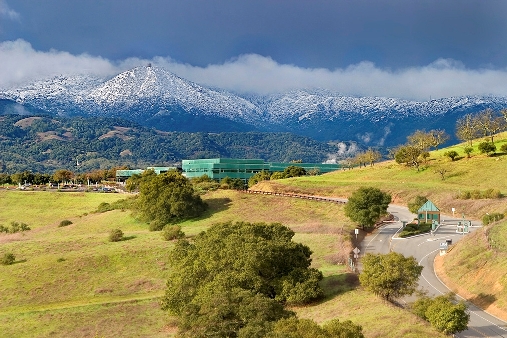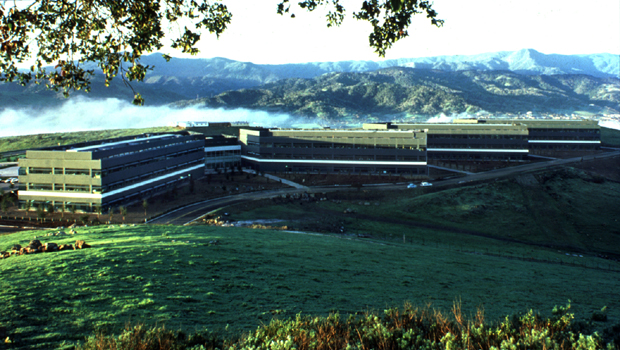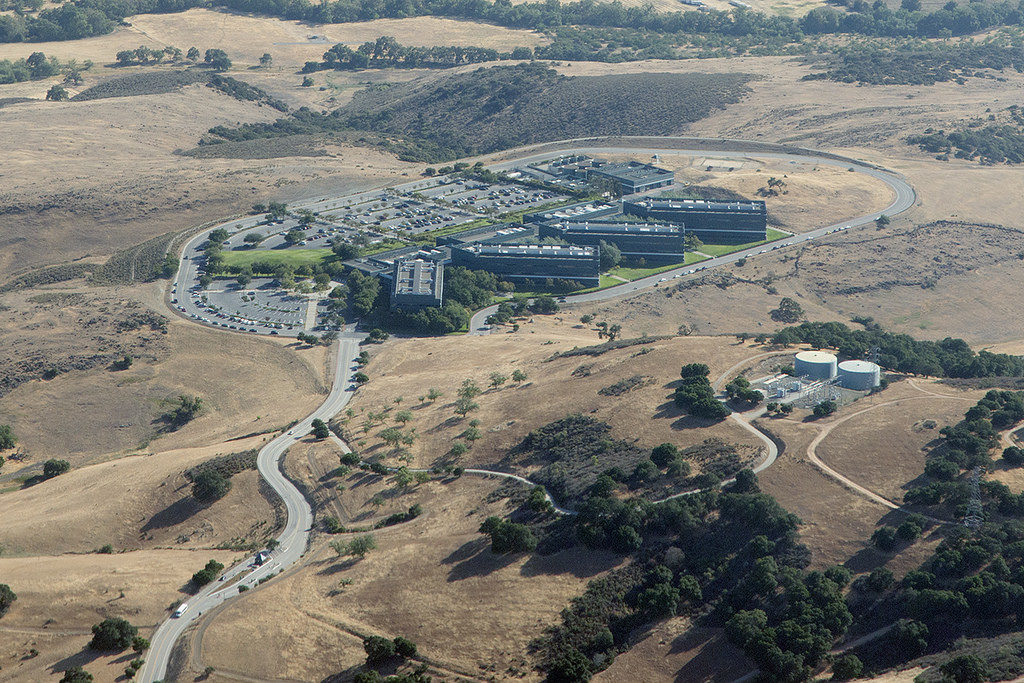Books
1.Csikszentmihalyi M (1990) Flow: The pyschology of optimal experience. NY: Harper.
https://www.amazon.com/Flow-Psychology-Experience-Perennial-Classics/dp/0061339202
Extracts: http://www.ode.state.or.us/opportunities/grants/nclb/title_i/a_basicprograms/schoolimprovement/transformation7flow.pdf
2.Hendy S, Callaghan P (2013) Get off the grass: kickstarting New Zealand’s innovation economy. Auckland University Press.
https://www.amazon.com/Get-off-Grass-Kickstarting-Innovation/dp/1869407628
Review 1: http://www.noted.co.nz/archive/listener-nz-2013/book-review-get-off-the-grass-by-shaun-hendy-and-paul-callaghan/
Review 2: http://sciblogs.co.nz/griffins-gadgets/2013/08/16/review-get-off-the-grass/
Weta Digital: https://en.wikipedia.org/wiki/Weta_Digital
3.Anderson JC, Kumar N, Narus JA (2007) Value merchants: Demonstrating and documenting superior value in business markets. Harvard Business Press.
https://www.amazon.com/Value-Merchants-Demonstrating-Documenting-Superior/dp/1422103358/
Review1: http://www.nyjournalofbooks.com/book-review/value-merchants
4.Johnson C, Lusch R, Schmidtz D (2016) Ethics, Economy, and Entrepreneurship. SagentsLab.
https://www.amazon.com/Ethics-Economy-Entrepreneurship-Cathleen-Johnson/dp/0996202730/
Review1:
5.Wright R (209) The evolution of God. Boston: Back Bay Books.
https://www.amazon.com/Evolution-God-Back-Readers-Pick/dp/031606744X/
Review1: http://www.nytimes.com/2009/06/28/books/review/Bloom-t.html
Review2: http://www.washingtonpost.com/wp-dyn/content/article/2009/07/31/AR2009073102033.html
On-line
1. Gigerenzer G (2010) Moral satisficing: Rethinking moral behavior as bounded rationality. Topics in cognitive science. 2(3):528-54.
http://onlinelibrary.wiley.com/doi/10.1111/j.1756-8765.2010.01094.x/full
Pat Langley suggested the above.
The author wrote: Herbert Simon once told me that he wanted to sue people who misuse his concept for another form of optimization.
2.Andrej Karpathy, Deep Learning
This article:https://medium.com/@karpathy/a-peek-at-trends-in-machine-learning-ab8a1085a106
This video: https://www.youtube.com/watch?v=u6aEYuemt0M
This tool on arXiv is especially cool: http://arxiv-sanity.com/
All created by this guy, Andrej Karpathy: https://www.linkedin.com/in/andrej-karpathy-9a650716/
3.Richard Socher, Deep Learning for NLP
This video: https://www.youtube.com/watch?v=oGk1v1jQITw
4. Rhizome Web Recorder – personal perspective and collections (via Vint Cerf)
https://rhizome.org/editorial/2017/mar/31/own-your-archives-webrecorder-player/
https://www.youtube.com/watch?v=n3SqusABXEk
5. Gary Kasparov
Gary Kasparov, first world champion grand master of chess to lose to a machine (IBM Deep Blue)
Two years after the loss, he invented and started writing about Freestyle chess – people playing better chess, even competition matches, with their computer buddy.
He has gotten over it, and reframes the discussion: https://www.wsj.com/articles/learning-to-love-intelligent-machines-1492174086
We can do new things together that were never before possible… thinking better together.
6. Physics and Biology – understanding when history matters.
https://www.quantamagazine.org/20170126-information-theory-and-the-foundation-of-life/
Once we regard living things as agents performing a computation — collecting and storing information about an unpredictable environment — capacities and considerations such as replication, adaptation, agency, purpose and meaning can be understood as arising not from evolutionary improvisation, but as inevitable corollaries of physical laws. In other words, there appears to be a kind of physics of things doing stuff, and evolving to do stuff. Meaning and intention — thought to be the defining characteristics of living systems — may then emerge naturally through the laws of thermodynamics and statistical mechanics.
Looked at this way, life can be considered as a computation that aims to optimize the storage and use of meaningful information. And life turns out to be extremely good at it. Landauer’s resolution of the conundrum of Maxwell’s demon set an absolute lower limit on the amount of energy a finite-memory computation requires: namely, the energetic cost of forgetting. The best computers today are far, far more wasteful of energy than that…
So living organisms can be regarded as entities that attune to their environment by using information to harvest energy and evade equilibrium.
England’s definition of “adaptation” is closer to Schrödinger’s, and indeed to Maxwell’s: A well-adapted entity can absorb energy efficiently from an unpredictable, fluctuating environment. It is like the person who keeps her footing on a pitching ship while others fall over because she’s better at adjusting to the fluctuations of the deck. Using the concepts and methods of statistical mechanics in a nonequilibrium setting, England and his colleagues argue that these well-adapted systems are the ones that absorb and dissipate the energy of the environment, generating entropy in the process.
You might say that the system of particles experiences a kind of urge to preserve freedom of future action, and that this urge guides its behavior at any moment. The researchers who developed the model — Alexander Wissner-Gross at Harvard University and Cameron Freer, a mathematician at the Massachusetts Institute of Technology — call this a “causal entropic force.” In computer simulations of configurations of disk-shaped particles moving around in particular settings, this force creates outcomes that are eerily suggestive of intelligence.
In other words, the appearance of life on a planet like the early Earth, imbued with energy sources such as sunlight and volcanic activity that keep things churning out of equilibrium, starts to seem not an extremely unlikely event, as many scientists have assumed, but virtually inevitable.
7. Todd Kelsey
RGB book – Health, Environment, Community – http://www.rgbexchange.org/book
Stock exchange for non-profits idea
DigitalArcheology – Vint Cerf Rhizome – WebRecorder Link: https://www.youtube.com/watch?v=n3SqusABXEk
Todd Kelsey wrote:
AI might be capable of somehow communicating these things to a new generation
a great grandchild who never met their ancestor might have an opportunity to learn from them and be mentored by them
Yes, termed “weak immortality” by Doug Lenat’s this AI Magazine issue:
https://www.cs.sfu.ca/CourseCentral/310/jim/aimag2016spring-dl.pdf
Search for “Weak Immortality” – it will arrive around 2035 with cognitive mediators who know us, in some ways, better than we know ourselves.
You might also enjoy how these systems seems to be evolving:
https://www.quantamagazine.org/20170126-information-theory-and-the-foundation-of-life/
The ability to rapidly rebuild from scratch seems to be an attractor in energy/knowledge rich systems – for example, seed to tree, planet to life, etc.
Other
1.Henry Chesbrough/Solomon Darwin (Chief Innovation Officer) discussion – April 19, 2017.
My three questions for Henry to ask are:
(1) What will be the concrete outcomes from the Partnership on AI?
(2) When can we expect the unsolved challenges to be completed?
(3) What can individuals to to ensure benefits achieved, and social challenges mitigated?
My three points would be:
– IBM and the industry (Google, Microsoft, Amazon, Apple, etc.) are working on thematic pillars together:
Thematic Pillars
– Building blocks getting better, but unsolved grand challenges remain
– deep learning breakthroughs by Hinton (U Toronto) 2012 for images and speech
– hard unsolved before super-human general intelligence will be achieved
– commonsense reasoning, social interactions
– fluent conversation, ingest textbooks, creative collaboration
– Benefits and challenges for people, business, and society along the way…
– gigantic boost in productivity (what would you do with 100 digital workers working for you?)
– Baylor Biochemical Engineering example
– driverless cars can become guided missiles and/or smart enough not to be used to drive over people
– we already have super-intelligence, called corporations and governments
– they cannot always be held accountable for doing stupid/bad things
– 2008 financial meltdown
2. After meeting Per-Ane Lundberg (Sweden, Science Cluster, Gaming):
Here is the video that gives a good sense of open, sharing, and the future – see the 90 minute video at the bottom of this blog:
https://service-science.info/archives/4519
Here is the blog of Zanker Recycling with pictures: https://service-science.info/archives/4525
Los Esteros Rd, San Jose, CA 95134
For tours contact: Michael Gross <michael@zankerrecycling.com>, Jerame Renteria <jerame@zankerrecycling.com>
You also should meet the folks at Cogswell for gaming and movie making: https://cogswell.edu/
191 Baypointe Pkwy, San Jose, CA 95134
They have an interesting history: https://en.wikipedia.org/wiki/Cogswell_Polytechnical_College
Solomon Darwin about his upcoming events, and their invitation list –
https://corporateinnovation.berkeley.edu/
Henry Chesbrough is also a good colleague – father of open innovation – and he keynoted at this NSF workshop we ran a couple weeks ago:
http://www.servicescienceprojects.org/ISSIPNSF/FinalAgenda.htm
The key to the future of regions is energy-independence plans, things get easy after that – water is just energy, so is food, shelter, recycling, circular-economy….. all depends on energy… geo-thermal is probably the way to go in most places, and the artificial leaf is also very good, and nuclear will make a smaller comeback too. https://service-science.info/archives/4463
See slide #9 for a summary of 2035-ish: https://www.slideshare.net/spohrer/silicon-vikings-20170307-v2
Also important to understand technology deflation and macroeconomics of printing money and taxes – Sweden does it, so do all major countries:
https://www.bloomberg.com/news/articles/2015-10-28/sweden-s-riksbank-expands-qe-program-as-ecb-stimulus-weighs
Technology deflation is real – and the smart phone is a great example of it in action – a black hole absorbing all that is digital – nicely shrinking costs.
3. AI Hardware and things to play with online:
TPU: http://www.infoworld.com/article/3188090/artificial-intelligence/4-machine-learning-breakthroughs-from-googles-tpu-processor.html
TPU: http://www.cbronline.com/news/data-centre/infrastructure/google-shows-off-game-changing-tpu-chips/
indeed.com tools: http://www.kdnuggets.com/2017/01/most-popular-language-machine-learning-data-science.html
Play with Google Trends more: https://medium.com/@karpathy/a-peek-at-trends-in-machine-learning-ab8a1085a106



